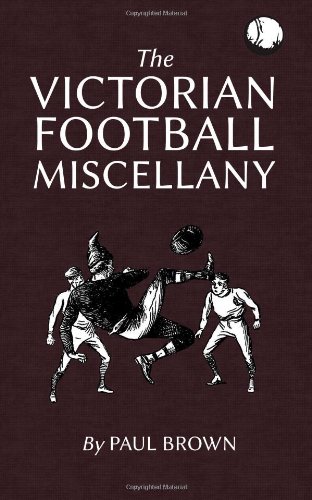 |
Reviewed
by Chris Goodwin
19 July 2013 |
Whether your knowledge of the Victorian era comes from Dickens or Hardy,
or given a poetic slant by Tennyson or Yeats...the age will always be
shrouded in reverence and mis-information. Maybe its because the
higher echelons of society want us to believe that their reason for
being had its beginnings in the Industrial Revolution. Whereupon the
richest becoming ever richer, and not just because of Royal
status, and the poor.... well they did everything they could not to
become poorer, they were mainly in the industry that fed the higher
class. Depending on which part of the country, depended where their
vocation lay with.... the north-east and their coal-mining, the
north-west and their cotton mills, the midlands with their engineering,
the list will go on, but one thing was common, they were doing all they
can to stay out of the workhouses.
The higher classes could enjoy
the Theatre and the Arts, with either the latest Gilbert & Sullivan
production, or that newest Michael Balfe composition. Whereas the lower
classes could congregate around the nearest bandstands for their
entertainment 'if they were lucky'.
But it was the game of
football that united the classes. And that fact will always
remain, that from its humble upbringings, the game of football was born
to us. The public schools would lay claim to it, and true, they did set
out the rules, but it was the working class that made the game fertile,
put the game on the map. And soon, every town would have a team to call
its own.
No one would dare link the great Charles Dicken's to a
game of football, but he may have glanced a report or two regarding the
conception of the game, he'd have been thrilled by the letters of
derisory that ebb and flowed between the readers of the periodicals. Who
know's whether George Eliot read about the potential of the first ever
women's international game between England and Scotland with amusement.
Sadly, she had passed before that match was played. Did Lord
Tennyson look at the Cambridge University results every week?.... did he
look down with pride as the association rules from his old university
were enveloped as the Football Association's own?
One thing is
certain.... the game that was played before the close of the nineteenth
century is brought to life in Paul Brown's excellent anecdoctal book. In
a time when knickerbockers were unblemished by the Nike tick or the
Adidas three-stripe. When the pitch was a straight-forward rectangle,
and the goals were sticks, unable to hold any netting. The crowd mingled
around the touchline, without fear of hindering the view of any
advertising hoardings. The games was different.... but not quite
as different as you may perceive.
The game, in its infancy, bares
a significant resemblence to the children playing on the local parkland.
Not enough players? ah well... the kid closest to the goal is the
keeper. And all decisions where discussed over a polite wag of a
finger. And again, from such conceptions, the professional
footballer is born.
And the Victorians gave us that. Whether it
was the prowess of Charlie Alcock... or was it his older brother that
gave us the game that we know it? The Victorians gave us football,
and this book names quite a lot of them, they gave us a cup, and they
gave us international football. So from one single innocent
conversation in the 1860's..... we have what we have today.... which is
families at war, schools at war, towns at war..... countries at war,
thanks to the Victorians that gave us the game of Association Football.
Mr Brown's book, mostly taken from the Victorian reading of the day,
enlightens us and verifies a lot of the myths that have developed. He
also gives us the unsung heroes, the men who have a credible claim to
the making of the game. Football was and still is, a big game and
not all credit should go just to Charlie Alcock. Here, the record
is aptly set straight.... in amongst the amusing games and bizarre
rulings that serve as anecdotes and happily break up the flow of this
book. In one page, you can gasp with astonishment and smile with
amusement.... and that is after all, the Victorian era!____________________
The Victorian Football Miscellany is a quirky and fascinating
collection of trivia, facts and anecdotes from football's earliest
years. Delve into an absorbing world of ox-bladder balls, baggy-kneed
knickerbockers and outstanding moustaches, and read remarkable tales
of the first ever cup final, the invention of the shinpad, the
evolution of dribbling, the first own goal and a seemingly-invincible
penalty-taking elephant. Other entries cover the foundation of the
Football Association, the development of the Laws of the Game and the
origins of football's most popular clubs. Packed with stories,
profiles and lists, this is an indispensable guide to the colourful
and unusual world of 19th century football.
To buy - Amazon
|
|